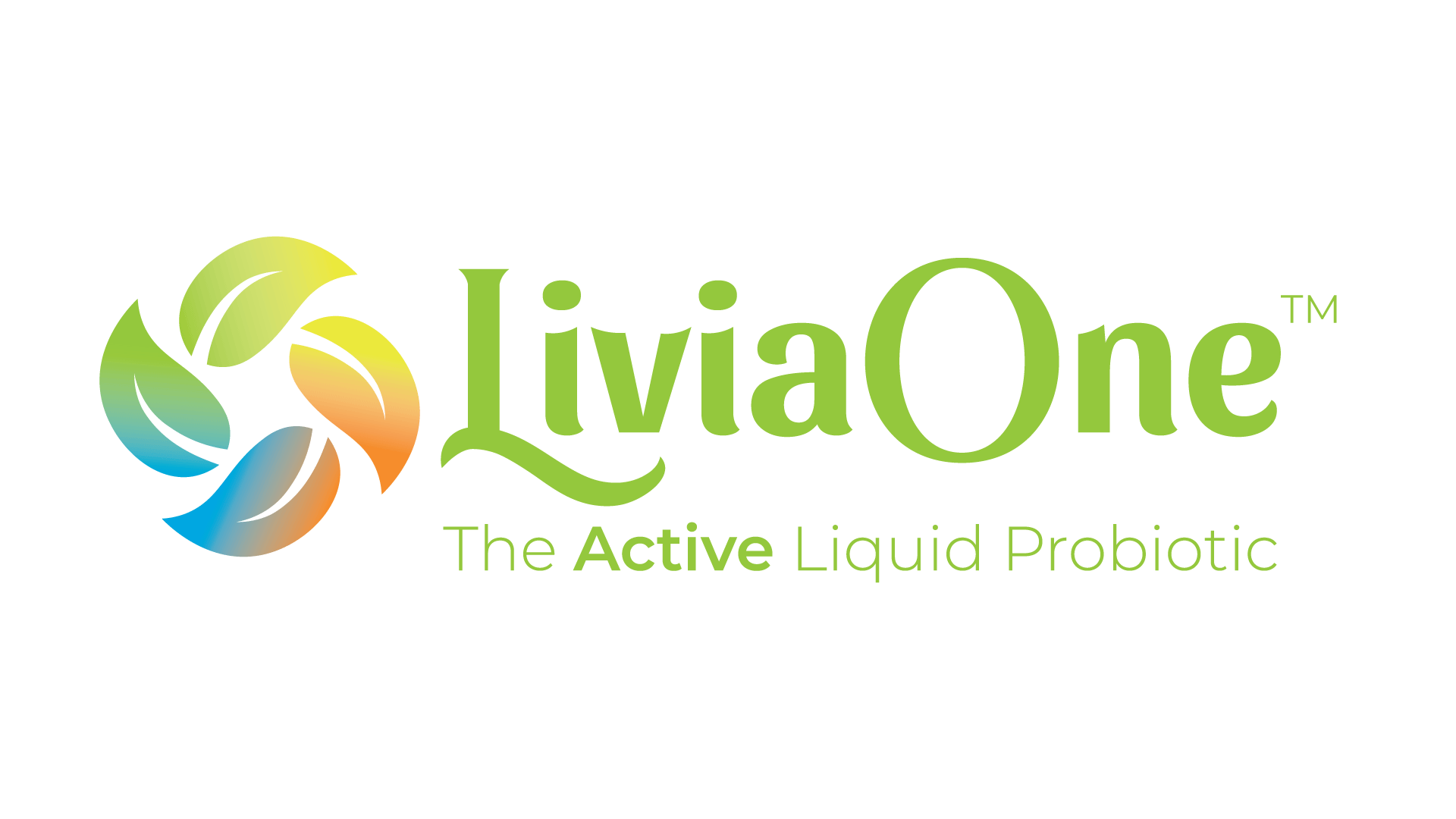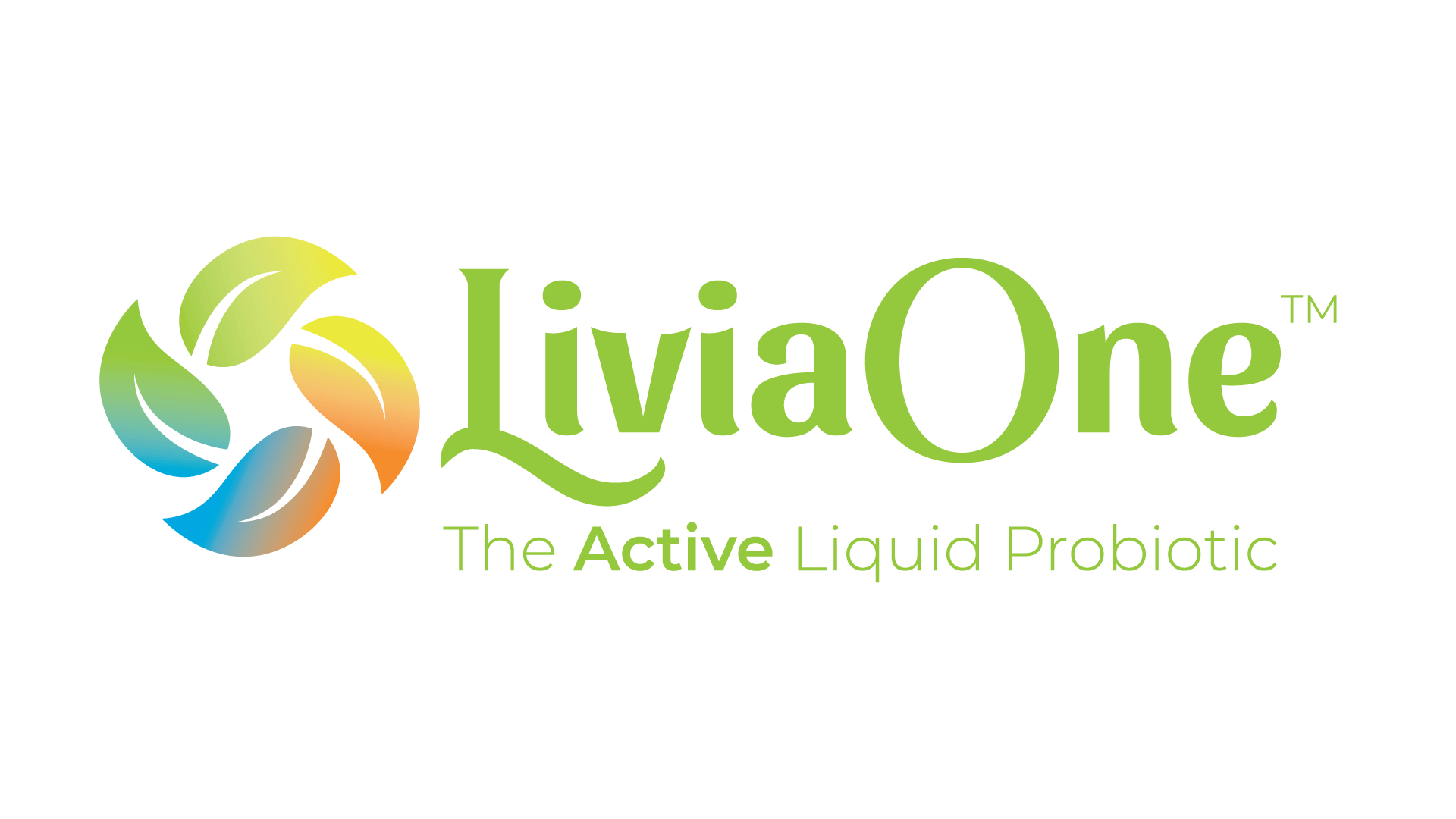Bacillus Subtilis
Bacillus subtilis, as with many in the Bacillus genus, is an extremely common bacterium. It is found in soil, water, air, and decomposing plant matter. Bacteria in the Bacillus genus are spore-forming, which means that they create a thick wall which surrounds their DNA and other internal cell structures. In this way, they are very hardy and impervious to extreme temperatures, chemicals, environmental factors, even some types of radiation. This makes them excellent for use in industrial processes.
Bacillus subtilis is widely used for laboratory studies, but more for genetic research as opposed to health research. The bacteria is highly responsive to genetic mutation, giving it a many experimental uses in a laboratory setting.
Though Bacillus subtilis presents some risk to humans, the instances of this are incredibly rare. Part of the problem with its sometimes shady reputation can actually be attributed to other members of its genus. The Bacillus genus encompasses a large number of species. At one time all aerobic, spore-forming bacilli were named part of the subtilis species. Many of the species are closely related, making it very difficult to tell them apart.
However, the disease-causing Bacillus species are now easily distinguishable from the helpful strains such as Bacillus subtilis. The subtilis species is not to be confused with Bacillus cereus, which is a common cause of food poisoning, and Bacillus anthracis, which is pathogenic to humans and other animals.
Bacillus subtilis is beneficial is many ways, including industrial applications. It is used to produce a variety of enzymes, including amylase, which is helpful in the de-sizing of textiles and starch modification for the sizing of paper. Bacillus subtilis also produces the enzyme protease, including subtilisin, which is used in detergents and the leather industry.
Perhaps more notably, Bacillus subtilis is used to produce many antibiotics, such as difficidin, oxydifficidin, bacilli, bacillomyin B, and Bacitracin, which is helpful in treating bacterial skin infections and preventing infection in minor cuts and burns.
Bacillus subtilis is also used as a fungicide. The bacteria colonize the root system, leaving no room for fungal disease organisms. It is used on agricultural seeds of vegetables, soybeans, cotton, and peanuts and on flower and ornamental seeds. It is also being used to produce insect toxins, including one to kill malarial mosquito larvae.
According to a Toxic Substances Control Act report from the Environmental Protection Agency, Bacillus subtilis "is considered a benign organism as it does not possess traits that cause disease. It is not considered pathogenic or toxigenic to humans, animals, or plants. The potential risk associated with the use of this bacterium in fermentation facilities is low."
A 2009 report published in the Journal of Hepatology referenced a report by Swiss researchers and showed a possible different aspect of Bacillus subtilis. Liver injury occurred to two patients after taking an Herbalife product "contaminated" with Bacillus subtilis. They concluded that because liver damage resulted after use of the product, Bacillus subtilis possesses "potential hepatoxicity."
Though the incidence of distress related to Bacillus subtilis is quite low, perhaps the best advice for its use comes from Gary Huffnagle, a Ph.D. and author of The Probiotics Revolution. Because of certain probiotic species' similarity to disease-causing strains, Huffnagle recommends consulting a healthcare professional before using supplements containing strains of E. coli, Enterococcus faecium, and Bacillus subtilis.
REFERENCES:
European Bioinformatics Institute. (2009). Bacteria Genomes Bacillus subtilus.
Huffnagle, Ph.D., Gary and Wernick, Sarah. The Probiotics Revolution. New York, NY: Bantam Dell. (2007).
Stickel, Felix et al. (2009). Journal of Hepatology. Severe Hepatoxicity Following Ingestion of Herbalife Nutritional Supplements Contaminated with Bacillus subtilis.
Taylor, John R. and Mitchell, Deborah. The Wonder of Probiotics. New York, NY: St. Martin's Press, 2007.
Todar, Ph.D., Kenneth. (2009). Todar's Online Textbook of Bacteriology. The Genus Bacillus.
U.S. Environmental Protection Agency. (2007). Biotechnology Program Under Toxic Substances Control Act (TSCA). Bacillus subtilis Final Risk Assessment.
For more information:
 A complete description of probiotics, along with groundbreaking recent clinical research illustrating the many ways probiotics can prevent disease, can be found in Probiotics - Protection Against Infection: Using Nature's Tiny Warriors To Stem Infection. This new compendium from one of contributing authors of the content on this page, Dr. Casey Adams, PhD., takes the confusion out of selecting and supplementing with probiotics. Referencing over 500 scientific studies and reports, and with detailed instructions on how to make your own probiotic foods, this book is a must for anyone seeking to understand the power of probiotics, and improve their immunity and vitality. Click here for ordering information.
A complete description of probiotics, along with groundbreaking recent clinical research illustrating the many ways probiotics can prevent disease, can be found in Probiotics - Protection Against Infection: Using Nature's Tiny Warriors To Stem Infection. This new compendium from one of contributing authors of the content on this page, Dr. Casey Adams, PhD., takes the confusion out of selecting and supplementing with probiotics. Referencing over 500 scientific studies and reports, and with detailed instructions on how to make your own probiotic foods, this book is a must for anyone seeking to understand the power of probiotics, and improve their immunity and vitality. Click here for ordering information.
Please read this Disclaimer:
The contents of this site, such as text, graphics, images, information obtained from www.Probiotic.org licensors and other material ("Content") contained on this site is for informational purposes only. The Content is not intended to be a substitute for professional medical advice, diagnosis or treatment. Always seek the advice of your physician or other qualified health provider with any questions you may have regarding a medical condition. Never disregard professional medical advice or delay in seeking it because of something you have read on this site!

